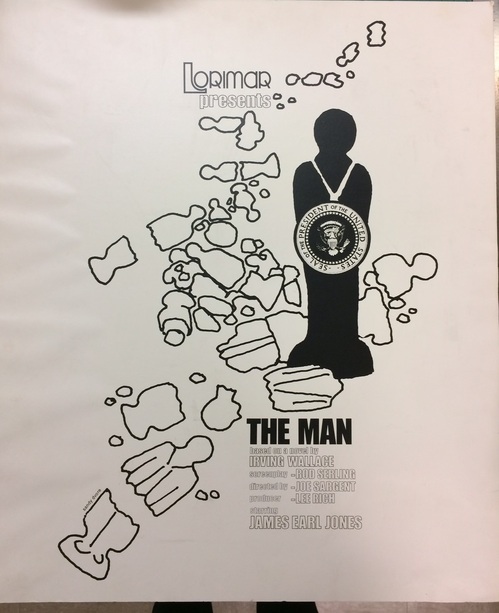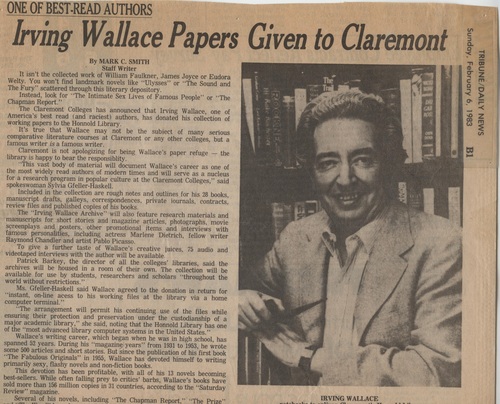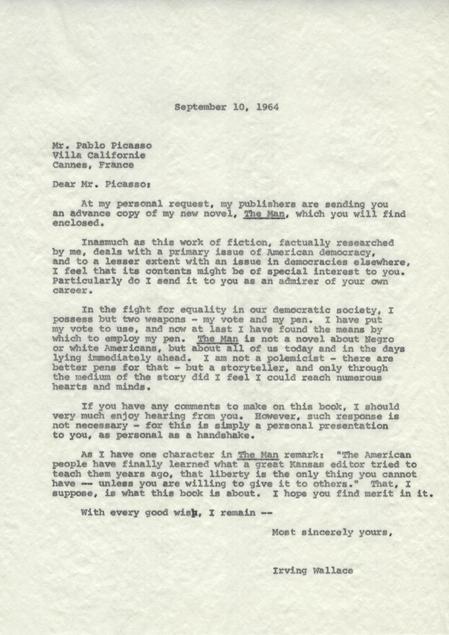This Wednesday, I presented on the Yao Family Papers at the Founders Room. When I arrived in front of the room, I immediately noticed a familiar face. It was none other than Norman Yao’s son, the donor of the collection, Peter Yao. I have seen so many photos of him in the past year, as a child or a young adult. Although he certainly had aged, the way he looked did not change very much and was highly recognizable. I exchanged a few pleasant words for him, and felt really honored that he came to my presentation. Many librarians attended the presentation, and I was pleasantly surprised to find my academic advisor there too.
In the presentation, I talked about the history of the Yao family, the contents of the collection, the themes of Yao’s photography, and my favorite items in the collection. The other two fellows presented on a LA composer and the novelist Irving Wallace. I really enjoyed the event.
As I am studying abroad next semester, this week might be my last week working for CCEPS. The past year had been really fun and I learned a great deal in the process. As an aspiring historian, when I first saw primary sources such as the collection, I was inclined to invent stories for the items. However, I gradually learned that as an archivist, I had to assume the innocence of the items, and let future researchers give them meanings. This “post-modern” mentality had been refreshing in the sense that meta-narratives were forbidden and fragments were celebrated.
Hope you have a fruitful final week!
Marcus
Here’s an auspicious Cantonese junk boat for your good luck.






